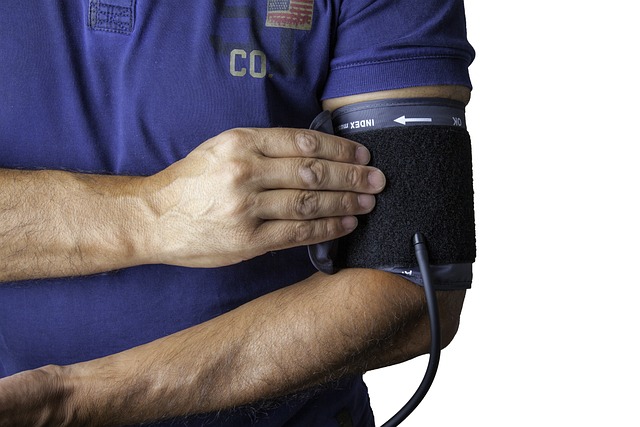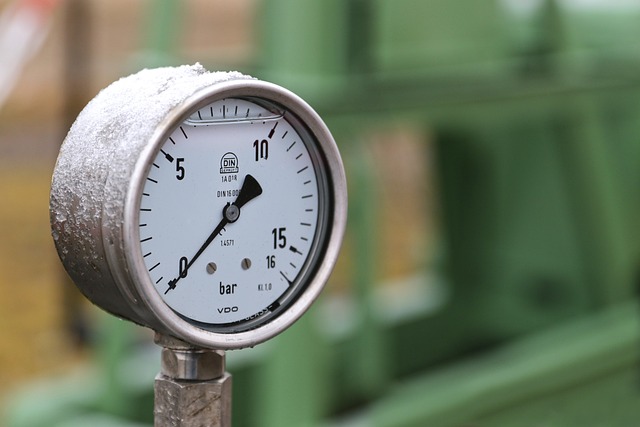Low water pressure often stems from common plumbing issues like mineral buildup, aerator clogging, leaks, and corroded pipes. Regular inspections for leaks, prompt repairs, and proactive maintenance like installing water softeners or filters are essential. Addressing these problems not only increases water pressure but also saves on bills and extends plumbing hardware lifespan.
Are you experiencing low water pressure in your home? It could be a hidden plumbing issue lurking beneath the surface. This article delves into the common causes, from leaks and clogged pipes to corroded water lines, and provides a comprehensive guide to diagnosing and solving these problems. Learn effective solutions, including plumbing repairs, water softener systems, and high-pressure pump installation, to boost your water pressure and ensure a steady flow throughout your home.
- Identifying Common Plumbing Issues Causing Low Water Pressure
- – Leaks and Drips: How to spot them and their impact on water pressure.
- – Clogged Pipes: Understanding the role of mineral buildup and debris in reducing pressure.
Identifying Common Plumbing Issues Causing Low Water Pressure

Low water pressure can be a frustrating issue, but identifying the root cause is the first step to fixing it. Common plumbing problems leading to reduced water pressure include mineral buildup in pipes, which can narrow the passageway for water flow. Over time, hard water deposits accumulate, especially in older homes with copper or iron pipes. Another frequent culprit is an aerator or sediment in the showerhead or faucet. These can restrict the water outlet, resulting in a noticeable decrease in pressure.
Additionally, check for leaks, both visible and hidden, as they can disrupt water flow by diverting it away from its intended path. Corroded pipes or joints might also be to blame, as corrosion weakens pipe integrity and can create restrictions. Addressing these issues is key to learning how to increase water pressure and restore optimal performance in your plumbing system.
– Leaks and Drips: How to spot them and their impact on water pressure.

Leaks and drips are insidious yet common issues that can significantly impact your home’s water pressure. These tiny problems often go unnoticed, slowly wasting precious water and reducing the overall pressure available for your daily needs. To spot them, keep an eye out for any visible signs of water damage or wet spots around fixtures, pipes, and appliances. Even minor drips from faucets or showerheads can add up to substantial water loss over time.
Regularly checking these areas and addressing leaks promptly is a key step in how to increase water pressure. Fixing leaks not only helps maintain your water pressure but also saves you money on your water bill. Additionally, ensuring the integrity of your plumbing system by regularly inspecting pipes for any signs of corrosion or damage can further contribute to optimal water pressure.
– Clogged Pipes: Understanding the role of mineral buildup and debris in reducing pressure.

Clogged pipes are a common culprit behind reduced water pressure. Over time, mineral deposits and debris can accumulate in your plumbing system, narrowing the pipes and restricting the flow of water. This buildup can occur in both hot and cold water lines, although it’s often more pronounced in areas with hard water, where minerals like calcium and magnesium are more prevalent. As a result, even a partial blockage can significantly decrease water pressure throughout your home.
Regular maintenance is key to preventing this issue. Installing water softeners or filters designed to remove these mineral deposits can help. Additionally, periodic flushing of your plumbing system – typically done by running hot water through all taps for several minutes – can dislodge and wash away accumulated debris. By addressing clogged pipes proactively, you’ll not only improve your water pressure but also extend the lifespan of your plumbing hardware.
Many homeowners often overlook potential plumbing issues that could be silently affecting their water pressure. By addressing leaks, drips, and clogged pipes—common culprits behind reduced pressure—you can significantly improve your home’s water flow. Regular maintenance and prompt action on these issues are key to ensuring a consistent and strong water pressure, enhancing your overall plumbing experience. Implement the solutions discussed in this article to effectively learn how to increase water pressure in your home.
